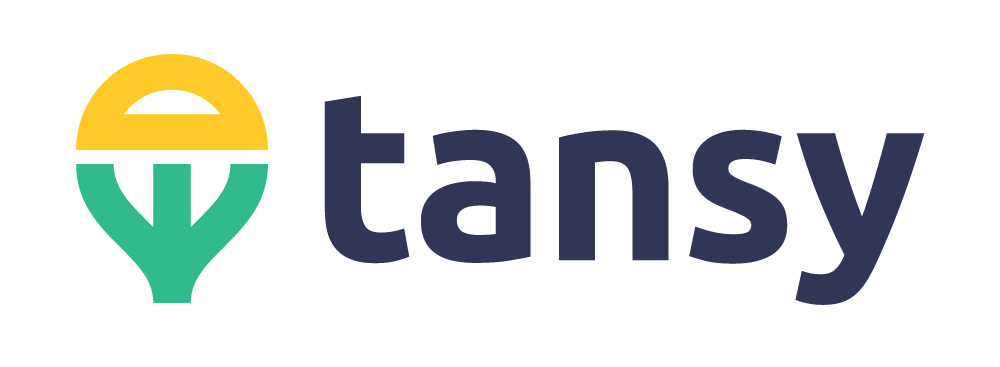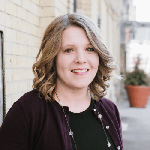Buying a house is exciting, but it also comes with a long list of expenses—some expected and others that might catch you by surprise. To help you prepare, we’ve broken down the key costs to plan for when purchasing and maintaining your new home.
1. Earnest Money
This is the deposit you provide to show you’re serious about purchasing a home. It’s typically around 1-2% of the purchase price and will be applied toward your down payment or closing costs.
2. Down Payment
The down payment is one of the largest up-front expenses. This is the percentage of the home’s price that you pay out of pocket—often ranging from 3% to 20%, depending on your loan type.
3. Locksmith - Change Locks
For peace of mind and security, it’s a good idea to change the locks on your new home as soon as you move in. A locksmith can rekey or replace locks, ensuring only you have access.
4. Cleaning - Deep Clean
Before settling in, many homeowners opt for a deep clean. This ensures your new space is fresh and sanitary, especially in hard-to-reach areas like behind appliances and in vents.
5. Moving Truck
Whether you rent a truck for a DIY move or hire movers, relocating your belongings is an essential cost to budget for.
6. New Furniture/Organizers
You might find that your old furniture doesn’t fit or that you need new organizers. These items can add up quickly, especially if you’re furnishing multiple rooms.
7. Small Renovation?
Many new homeowners have a project or two in mind, like updating the kitchen or finishing the basement. Even minor renovations can come with significant costs.
8. Utilities
Once you move in, you’ll need to set up basic utilities. Be sure to budget for:
- Gas
- Electricity
- Trash
- Water/Sewer
- Internet
These recurring costs will become a regular part of your monthly budget.
9. Home Insurance
This insurance covers the cost of repairing or rebuilding your home if disaster strikes. It’s typically required by lenders and will depend on your home’s location and value.
10. Principal
The principal is the portion of your mortgage payment that reduces the outstanding loan balance.
11. PMI
If you put down less than 20% on your mortgage, you’ll likely have to pay for Private Mortgage Insurance (PMI). This protects the lender in case you default on the loan. Keep an eye on your loan balance—once you've paid down enough, you can typically cancel PMI.
12. Property Taxes
Property taxes vary based on your home’s value and location, and they’re often collected through your mortgage escrow account. Be sure to factor these into your annual budget.
13. Ongoing Maintenance
Maintaining a home requires an ongoing investment. Plan to set aside funds for regular upkeep, such as:
- Mower – If you have a yard, keeping it trimmed will require a mower.
- Snowblower/Shovels – In colder climates, you’ll need to budget for snow removal tools.
- Tools – Basic tools like a hammer, drill, or screwdriver are essential for home maintenance.
- Restaining the Deck – If you have a wooden deck, you’ll need to restain or reseal it every few years to keep it looking fresh and protect it from the elements.
Conclusion
Owning a home is rewarding, but it’s essential to plan for both the upfront and ongoing costs. By budgeting for these expenses in advance, you’ll set yourself up for success as a new homeowner.

